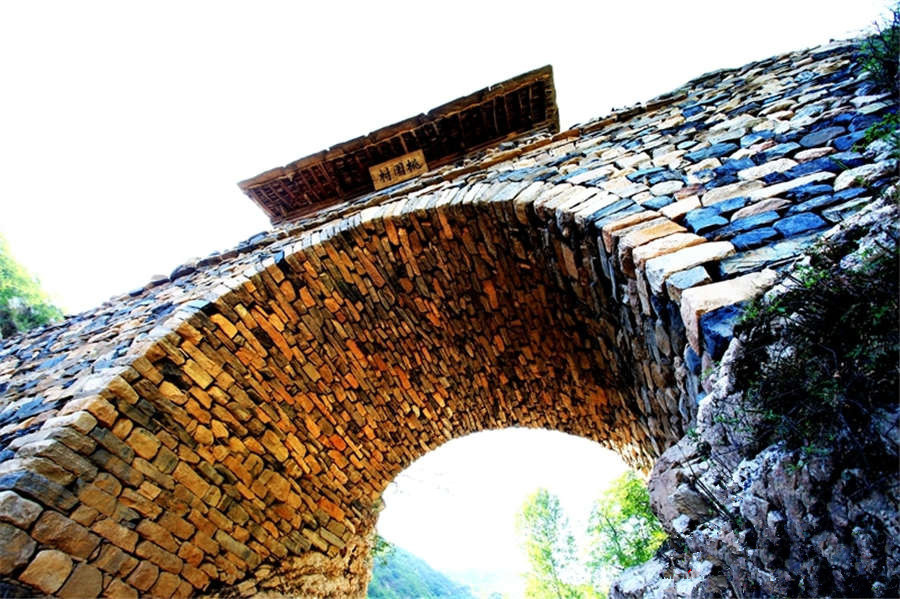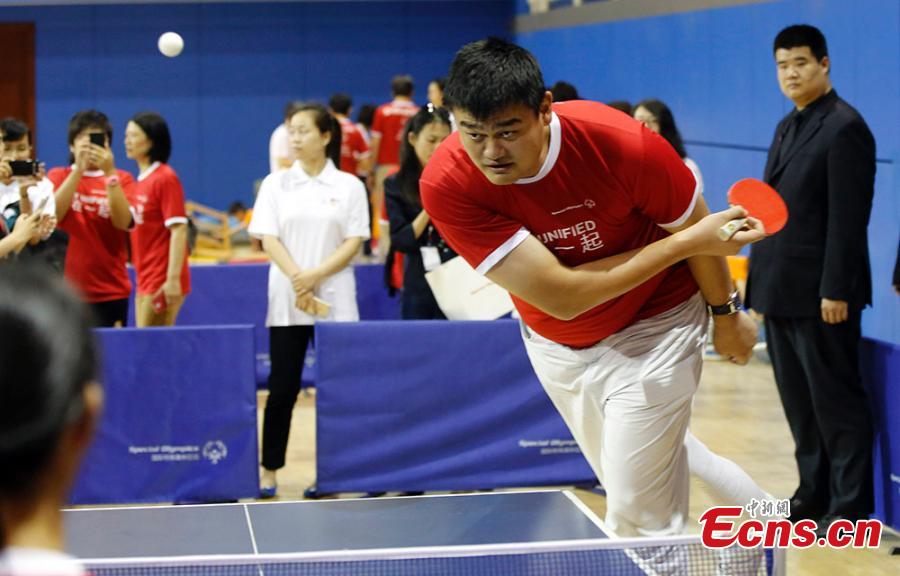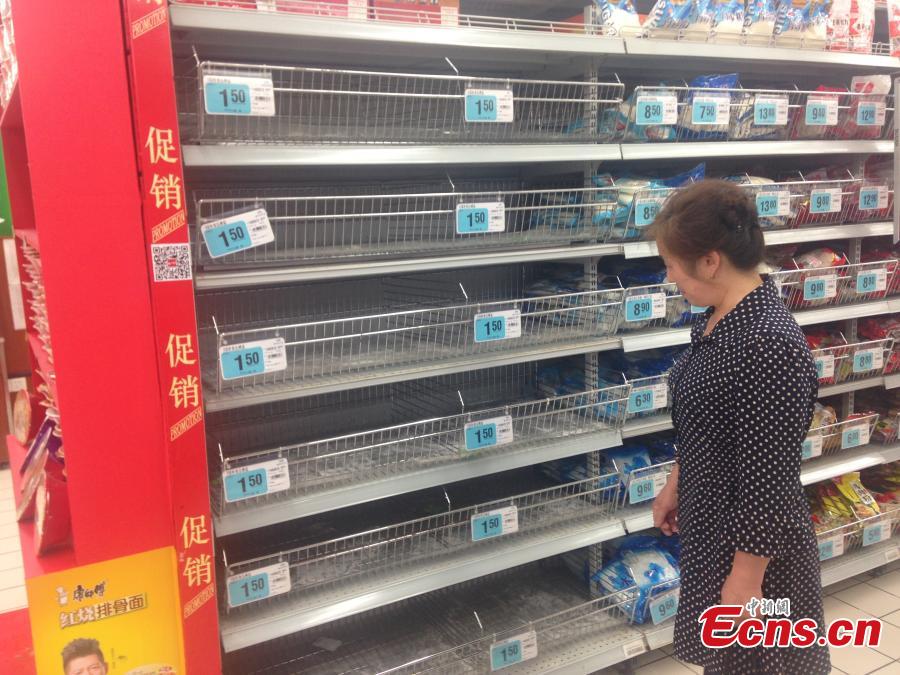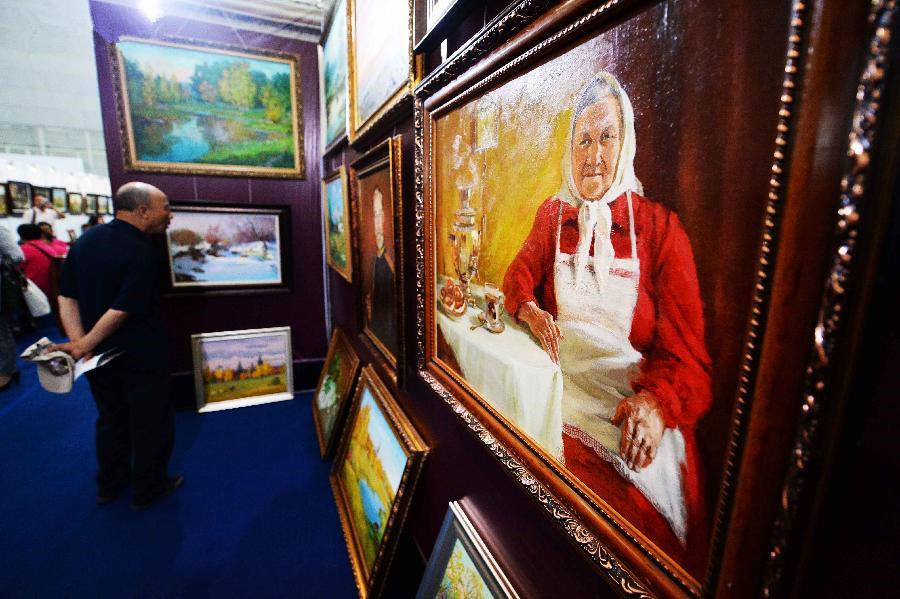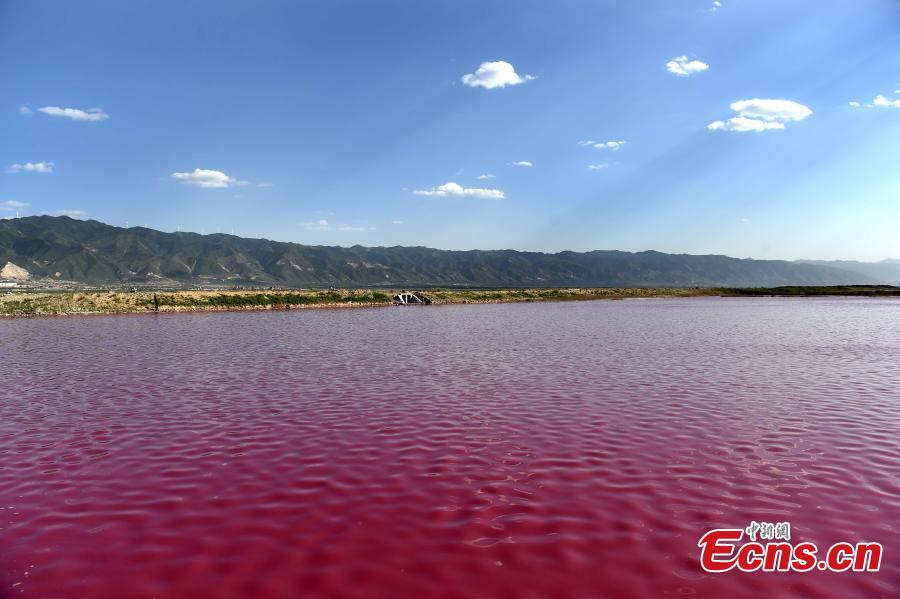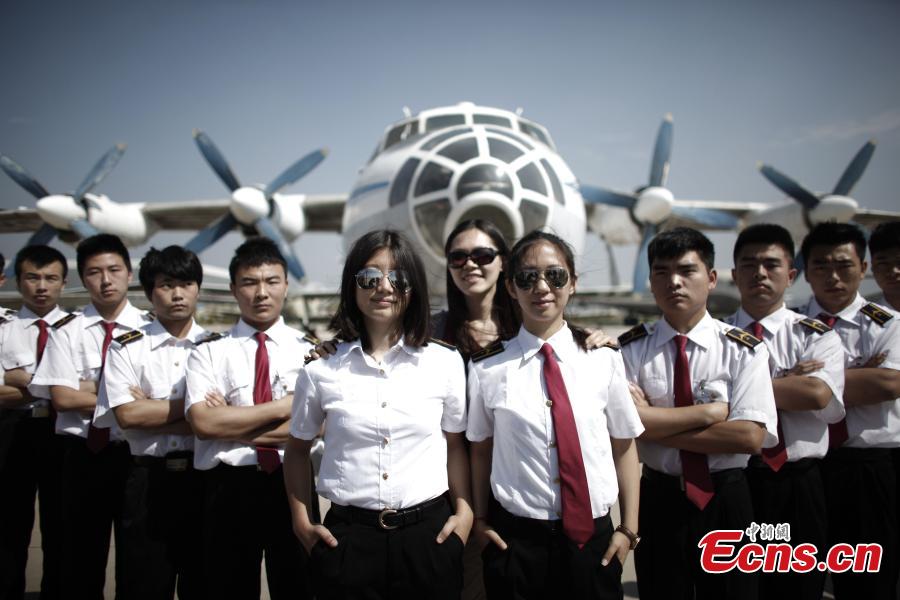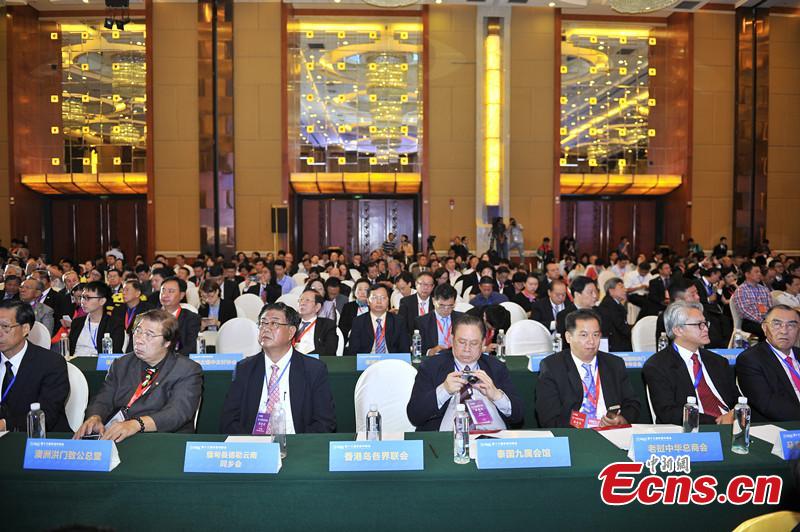(Ecns.cn) – Elephant tusks are highly sought after for use in Chinese sculpture, name seals and jewelry, and according to a survey conducted by the Convention on International Trade in Endangered Species (CITES), rising demand in China's black market has become the most powerful drive for the illegal international ivory trade.
This year China surpassed Japan as the top consumer market for illegal ivory products in the world, and over half of the country's enterprises engaged in the processing and sales of certified elephant tusks have their fingers in the pie, reported Southern Weekend.
Since 2008, when China was approved as a buyer of government-owned ivory from South Africa, Botswana, Namibia and Zimbabwe, ivory laundering has become an open industry secret.
Easily concealed
CITES issued a ban on international sales of new ivory in 1989. But in China, there are still several types considered legal when accompanied by proper documentation, including antique ivory (or that which is already carved and in circulation), mammoth ivory (which comes from the extinct relatives of modern elephants), and ivory that was included in one of two CITES-certified 'one-off' sales in 1999 and 2008.
For example, a section of the Panjiayuan Antique Market in Beijing offers bracelets, chopsticks, jewelry, brush pots and Buddhist sculptures made only of elephant tusks with surfaces that look old and have a darker yellow color, which may convince potential buyers that the pieces are antique or mammoth ivory.
But by observing the unique diamond-shaped pattern in the cross-section, which is similar to the loops and whorls on a fingertip, one can easily deduce that these must be made of new and uncertified tusks.
If one raises further inquiry about proper documentation, however, shop owners will normally respond patly that the procedure takes a long time.
But these are only distractions to hide the open secret, since most of the ivory products sold at the market are in fact illegal. According to the International Fund for Animal Welfare (IFAW), which has monitored the Chinese ivory market since 2005, the number of illegal ivory processing enterprises is twice as high as legal ones in China, and that the boundary between legal and illegal has become blurred.
The only legal source
China National Arts & Crafts (Group) Corporation (CNACC) is a central enterprise directly controlled by State-owned Assets Supervision and Administration Commission of the State Council, whose raw material operation mainly includes imports of ivory, precious woods and other rare materials related to arts and crafts.
On Nov. 6, 2008, together with three other state-owned enterprises, CNACC went to the CITES one-off sale in Pretoria, South Africa, to buy non-poached ivory. After attending auctions in South Africa, Botswana, Namibia and Zimbabwe, the four enterprises acquired 62 tons of elephant tusks that year.
This was the second legal international auction of elephant tusks since the first one was held in 1999. According to CITES regulations, countries who participate in the auctions cannot apply for the next one to take place in ten years, which implies that the 62 tons is currently the only legal source of ivory in China till 2017.
Ivory laundering
The Elephant Trade Monitoring System (ETIS), which tracks global ivory and elephant product confiscations for CITES, shows a trend in the illegal trade of ivory that has been growing since 1998 as a direct result of emerging demand in China.
An insider revealed that 100 kilograms of elephant tusks is only enough for two months of work by two skilled ivory carvers, so it is easy to calculate the general amount of raw elephant tusks that a factory uses by its number of carvers.
Theoretically, the legal amount of elephant tusks is only 62 tons till 2017, but in the past seven years the number of ivory carving factories has increased from 9 to 36, and ivory product sales offices have grown from 31 to 137.
So where do the other tusks come from? The answer is smuggling, mostly from Africa. Moreover, in the local unregulated ivory market, the majority of the buyers are foreigners.
According to the Environmental Investigation Agency (EIA), the year 2009 saw a record number of seizures of illegal ivory being smuggled into East Asia, a trend that has continued over the past two years.
When some of it enters China, it usually has to be laundered. The process is simple: each certificate for legal ivory product is printed with a picture and a number, but does not contain information about its weight, which creates a loophole.
Suppose an enterprise only has 50 kilograms of legal elephant tusks for the year, which can be used to make 10 large ivory products and some small ones. The company may still make the same number of ivory products, but will mix in illegally sourced elephant tusks. In this way, the illegal sources become laundered and "certified."
This approach has been condemned by many officials and animal activists who say it will lead to further increases in demand, which results in the poaching of thousands of elephants each year. In their opinion, a complete ban is the only way to the stop killing of innocent wildlife and end the deadly ivory trade for good.









